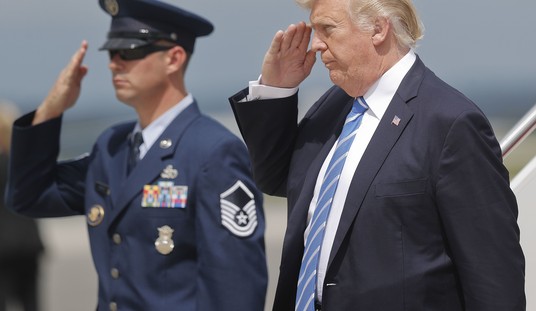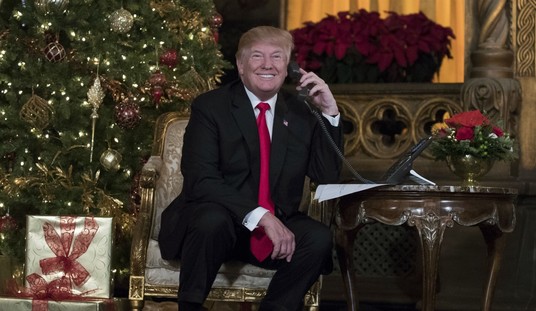Yesterday, President Trump signed an executive memorandum ordering U.S. Trade Representative Robert Lighthizer to explore ways to confront China over forced technology transfers and the theft of U.S. intellectual property. I know, I know, to a lot of people the President directing people to do things doesn’t count because unless it is legislation personally voted on by Trump it didn’t actually happen. Yet, as unimportant and ephemeral as this is, it is still significant.
“Ambassador Lighthizer, you are empowered to consider all available options at your disposal,” Trump said at a White House event to sign the memorandum. “We will safeguard the copyrights, patents, trademarks, trade secrets and other intellectual property that is so vital to our security and to our prosperity.”
Administration officials have said the action could lead to a formal investigation of China’s intellectual property practices under Section 301 of the 1974 Trade Act. That allows the United States to use the threat unilateral trade sanctions, such as increased tariffs, to pressure other countries to change what it believes are unfair trade practices. Such an investigation could take up to a year.
“We will uphold our values, we will defend our workers and we will protect the innovations, creations and inventions that power our magnificent country,” Trump said.
This is long overdue and it has had a direct impact upon US businesses:
China has long required U.S. firms in many industries to form joint ventures with Chinese partners and manufacture some goods inside the country. Although the system forces U.S. companies to transfer some of their valuable know-how to Chinese partners that could become competitors in the future, U.S. companies including Microsoft and General Motors have made such deals to gain access to China’s valuable market of nearly 1.4 billion people and a booming middle class.
Under a new Chinese cybersecurity law, technology firms including Amazon.com and Apple are required to store users’ data within Chinese borders and turn over source code and encryption software to the government, potentially giving the Chinese government a back door into private data and proprietary technologies. (Amazon chief executive Jeffrey P. Bezos owns The Washington Post.)
U.S. companies also complain that China’s enforcement of intellectual property violations remains lax and that theft of trade secrets through malware, phishing and cybermercenaries is rampant. Roughly 70 percent of software in use in China is pirated, though this figure is down from recent years, according to the Software Alliance, a trade group.
While some have, correctly, pointed out that this could be a first step towards a trade war, of sorts, as the Section 302(b) sanctions are applied by the US and independent of action by multilateral institutions like the WTO, that doesn’t have to happen. What does have to happen is that the Chinese stop stealing IP developed by US companies because free trade really isn’t free if you’re partnering with a thief.
As an aside, it probably is not a coincidence that this action was announced to fanfare at about the same time China started visibly cracking down on North Korea’s violations of UN sanctions. Because in international relations, as in all things, money talks and bullsh** walks.













Join the conversation as a VIP Member